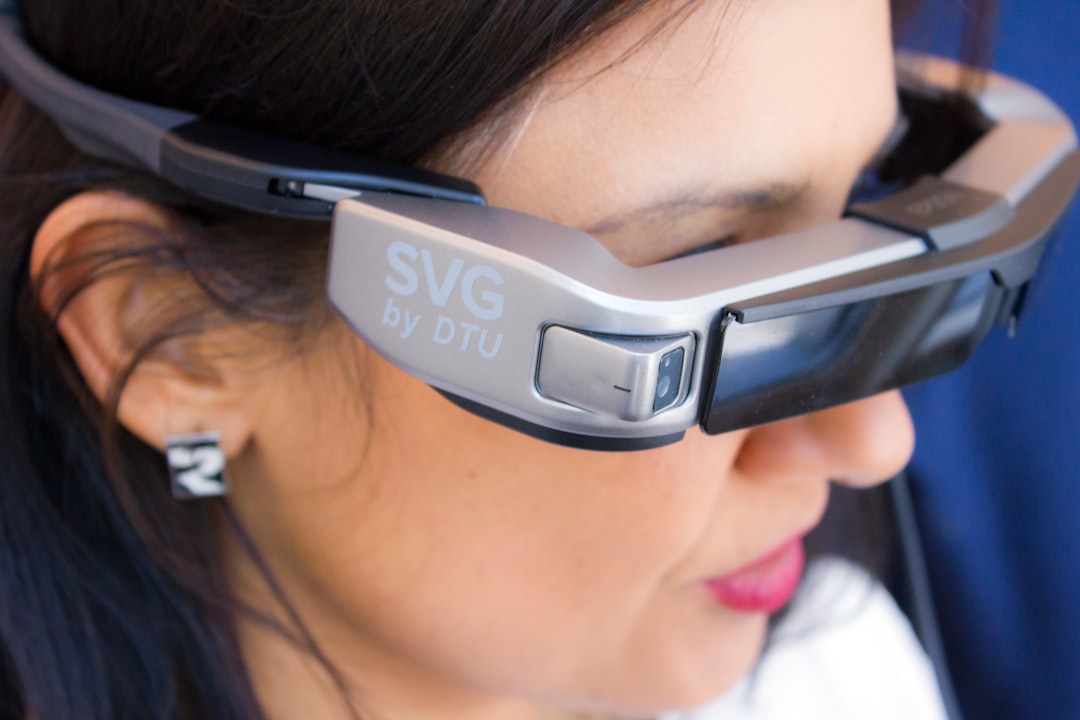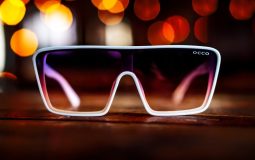When athletes and technology enthusiasts first heard about the Recon Jet smart glasses, excitement ran high. Marketed as a wearable display optimized for sports and outdoor activities, the product promised a future where high-performance data and fitness tracking would be seamlessly integrated into eyewear. Although the concept held promise, the eventual outcome offered numerous lessons for technology developers, product managers, and investors alike. Understanding the journey of Recon Jet provides key insights into the wearables market, design challenges, and the importance of user needs.
The Vision Behind Recon Jet
Developed by Recon Instruments—a startup headquartered in Vancouver, Canada—Recon Jet aimed to revolutionize how athletes interact with information during workouts and competitions. Unlike fitness trackers strapped to the wrist or mounted on bicycles, Recon Jet was designed to project real-time data directly into the user’s field of view through a head-mounted display.
The glasses were built with a miniaturized computing platform running Android-based software, a high-resolution display, GPS, onboard sensors, and wireless connectivity. The goal was simple: allow athletes to monitor pace, heart rate, elevation gain, and other metrics without ever glancing away from their path.

Key Features and Technological Innovations
Recon Jet was ahead of its time in several ways. Designed with purpose-built hardware and software, it catered not just to fitness buffs but also to tech-savvy professionals. Among its most notable features were:
- Heads-Up Display (HUD): Positioned just below the user’s right eye, the display provided a readable, high-contrast screen in most lighting conditions.
- Modular Architecture: The display module was detachable from the glasses frame, allowing for modular upgrades and potential serviceability.
- Integrated Sensors: Including accelerometer, gyroscope, magnetometer, and GPS to facilitate a wide range of health and location-based tracking functions.
- Wi-Fi and Bluetooth Connectivity: To pair with smartphones and third-party sensors such as heart rate monitors.
- Camera: A basic point-of-view camera for capturing moments during activities.
At launch, the glasses boasted a sleek design and attracted attention from many in the sports technology world. However, initial excitement quickly gave way to scrutiny as consumers and reviewers began to experience the limitations of this ambitious device.
The Challenges and the Reality
Despite the promise of Recon Jet, several issues became apparent after its release. These challenges, both technical and strategic, ultimately led to the product’s demise. Here’s what went wrong:
1. Battery Life Limitations
A common complaint among users was the short battery life. Although advertised to last up to four hours, myriad real-world factors significantly impacted this. Wireless connectivity, high brightness settings, and continuous GPS tracking drained the battery far faster than expected. For endurance athletes or those undertaking long events, this made the product impractical as a primary tracking tool.
2. Performance and Usability Issues
The operating system was based on Android, but it lacked polish. The touchpad controls, while innovative, were not always responsive or intuitive. Navigating menus during a ride or run proved frustrating. Moreover, the device suffered from occasional software bugs and connectivity issues with third-party sensors. In a use case where reliability is paramount, these flaws created significant dissatisfaction.
3. Display Ergonomics
The positioning of the heads-up display posed a challenge. While technically within the line of sight, the module was just off to the side of the user’s vision, necessitating a deliberate glance downward. For some users, this disrupted focus and felt unnatural.

4. Market Fit and Pricing Strategy
At a launch price near $700 USD, Recon Jet was a premium product. This placed it out of reach for many casual athletes and limited the potential customer pool. Moreover, competing fitness tracking platforms offered more intuitive user interfaces from well-known brands at lower prices. The high price tag, paired with underwhelming performance, made Recon Jet a hard sell for most consumers.
Corporate Decisions and Lifecycle
In 2015, Intel acquired Recon Instruments in a move that was part of its broader strategy to enter the wearables market. Under Intel’s stewardship, Recon hoped to scale its innovations and polish the user experience. However, the acquisition also brought corporate restructuring that slowed momentum and delayed critical updates.
By 2017, Intel announced that it was shutting down the Recon brand and ceasing development of the Jet product line. While users were disappointed, the failure also sent shockwaves through the broader wearable technology space.
Lessons Learned
Despite Recon Jet’s fate, its trajectory offers valuable lessons for technologists and entrepreneurs venturing into wearable electronics. These lessons are not restricted to sports devices but apply to the entire wearable tech ecosystem.
1. User-Centered Design is Critical
Ambitious technology needs to serve real use cases. While the engineering behind Recon Jet was formidable, insufficient attention to athlete-specific needs and comfort limited its appeal. Iterative usability testing with core users should be a non-negotiable part of the design process.
2. Battery Life Still Matters
Wearables that fail to last a full day—or even a long activity—risk being rendered obsolete. While features are attractive, battery endurance is a priority in active use scenarios.
3. Form Follows Function
Innovative form factor alone does not guarantee success. A visually appealing device must also function seamlessly in the context it was designed for. The Jet’s bulky module and off-center display alienated users expecting subtlety and ease of use.
4. Ecosystem Compatibility is Essential
While Recon Jet provided connectivity options, interoperability with existing fitness apps and ecosystems was limited. Consumers prefer technologies that enhance, not isolate, their existing toolkits.
5. Timing and Market Readiness
Recon Jet was revolutionary—but perhaps prematurely so. The mainstream technology market was not yet ready to adopt or pay for head-mounted sports displays. Combined with a high barrier to entry price, its commercial success faced stiff odds from the outset.
Legacy and Future Outlook
While Recon Jet may no longer be produced, its legacy continues. The device served as an early exploration into augmented reality and wearable heads-up displays. Many of its innovations influenced later designs, and despite its shortcomings, it laid groundwork for successors in professional sports, industrial applications, and military use cases.

Today, companies such as Vuzix, Magic Leap, and even Apple are reimagining how glasses can become computing platforms. The vision of a lightweight, connected heads-up display for daily use is inching closer to reality—bolstered by advances in optics, processing power, and battery efficiency. Recon Jet played a key role in identifying barriers that need to be addressed for these next-generation devices to succeed.
Conclusion
In retrospect, the story of Recon Jet is one of bold innovation shadowed by practical limitations. It exemplifies both the allure and the high-risk nature of pioneering hardware in a fast-moving technological landscape. For developers and entrepreneurs, Recon Jet offers a case study in ambition, design challenges, and the critical need to align engineering capability with user satisfaction and market timing.
Though short-lived, its impact and the lessons it taught remain highly relevant in the continuing evolution of wearable technology.







